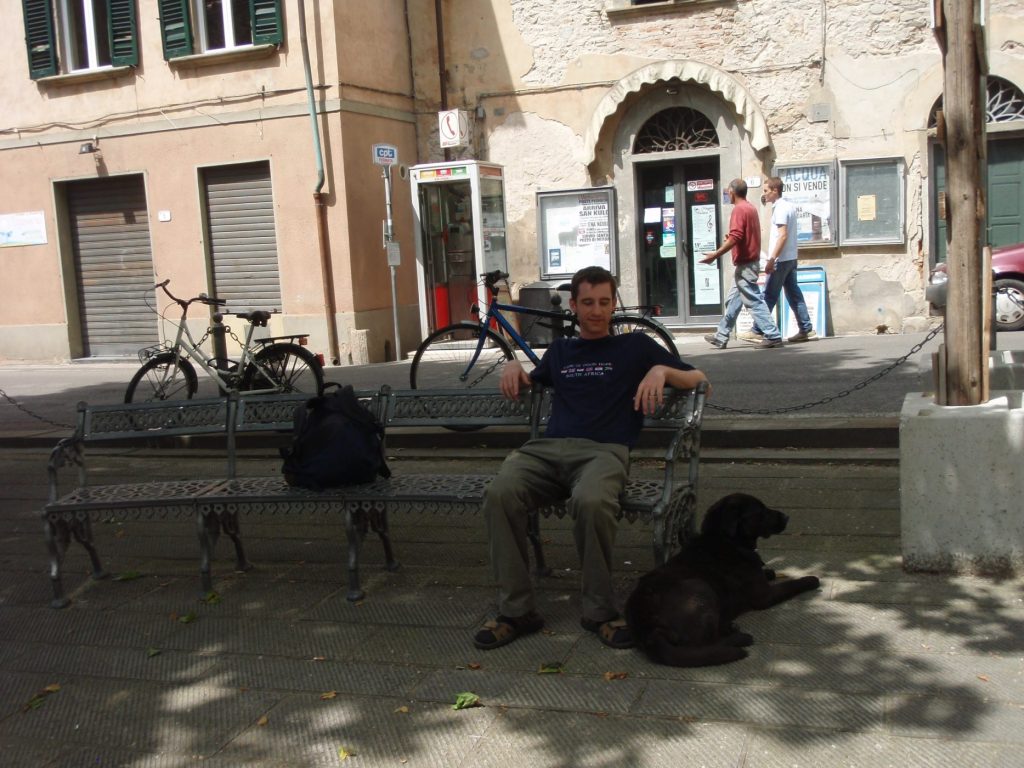11 Habits of the Slow Traveler for the Frazzled Tourist
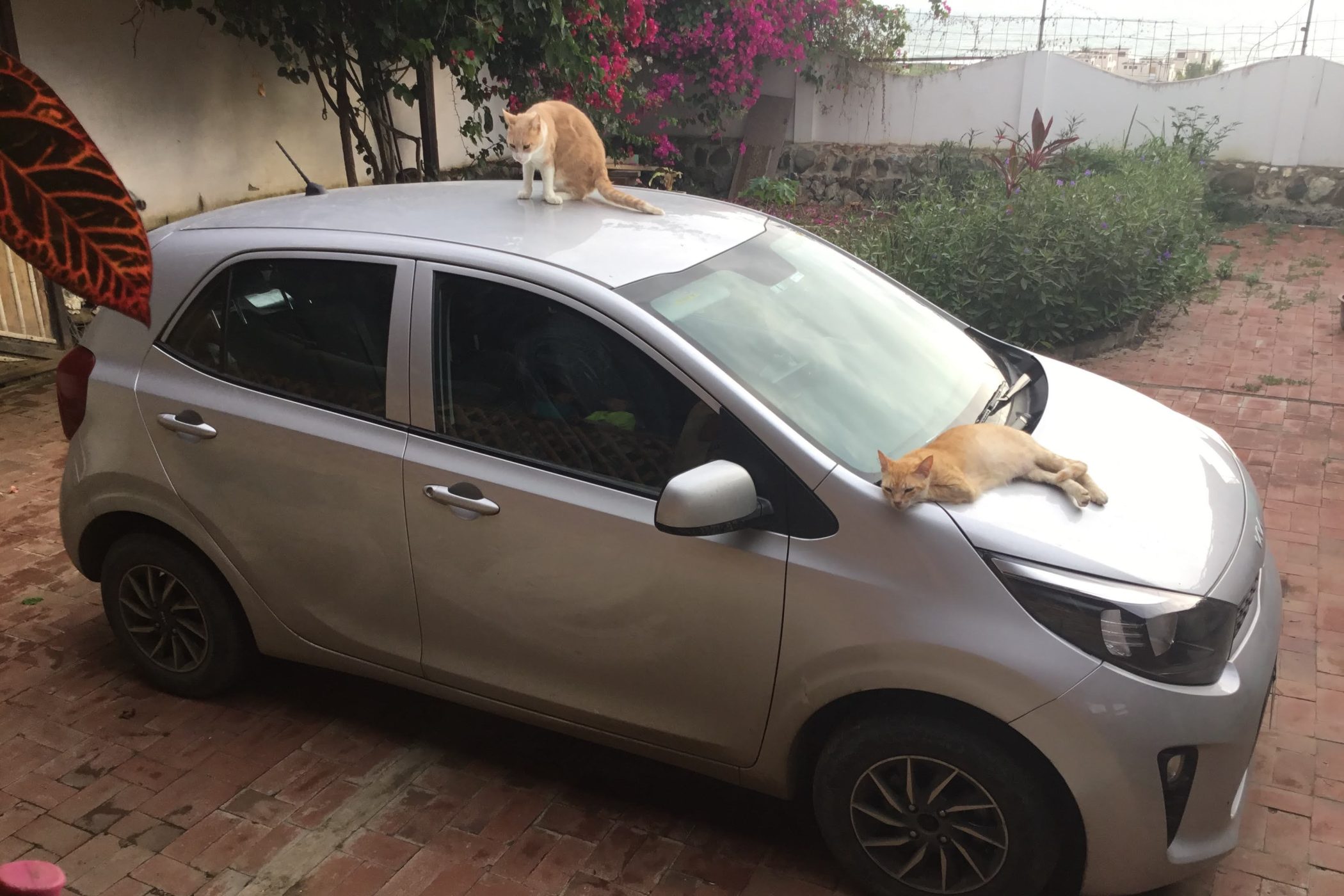
Have you ever wondered how some travelers seem to go with the flow? Find the quirkiest corners of the world? Come home refreshed and inspired? If you’ve ever wished you could plan a trip that’s restful, unique and authentic, then this article is for you.
This post is geared for the typical American tourist that struggles to get away for more than a week or two. I tried to paint each of these habits in ways that are accessible to those that can’t take a month or a year to roam the Earth. The fact is, we traveled this way even when we only had a pair of weeks.
While crossing whole countries on bike or entire continents on motorcycles is inspiring, this is not always practical for families with little children. We are not slow travel purists. And you don’t have to be either to reap the benefits of this (recently) countercultural way of roaming the planet. That is why I call them habits, not rules.
I qualify slow travel as recent because for most of human history slow travel was merely travel. Modern efficiency, commercialization, comfort, pressure to create content (there, I said it), and the fear of anything we cannot plan ahead for or control has transformed the travel experience into what it is—an expensive, frenetic to-do list that skims the surface and, after a long wait in line, tends to disappoint.
Start incorporating these habits and you will discover a whole new side of travel.
Table of Contents
- 1. Take Longer to Get There
- 2. Avoid Same-Day Connections and Packed Itineraries
- 3. Cook Your Own Meals
- 4. Learn the Language (As Much As You Can)
- 5. Accept All Invitations
- 6. Stop Looking at the Time
- 7. Find Excuses to Wander
- 8. Put the Phone Where It Belongs (In Your Pocket)
- 9. Leave Your Schedule Wide Open
- 10. Be Suspicious of Tourist Traps
- 11. Be Curious About What’s in Between
- You Can Travel Slow Too
1. Take Longer to Get There
Don’t assume that getting there faster is always better. Oftentimes the slower way is more pleasant. Likewise, it can take the necessary evil of transit time and turn it into a key part of the adventure.
So consider downgrading your mode of transportation. If you would normally take a plane, consider taking a train or bus. Rather than call a taxi, consider biking, walking or using the local “chicken bus.” Using simpler transportation burns less fossil fuel, costs less, and removes one more barrier between you and the local culture.
The point is to expand your range of options. Clearly there are times when only one option makes sense. If you are traveling to China, for instance, and you only have two weeks, don’t travel by container ship just to prove a point (not that it would be possible in that amount of time).
But whenever we’ve chosen slow it’s usually been worth the ride.
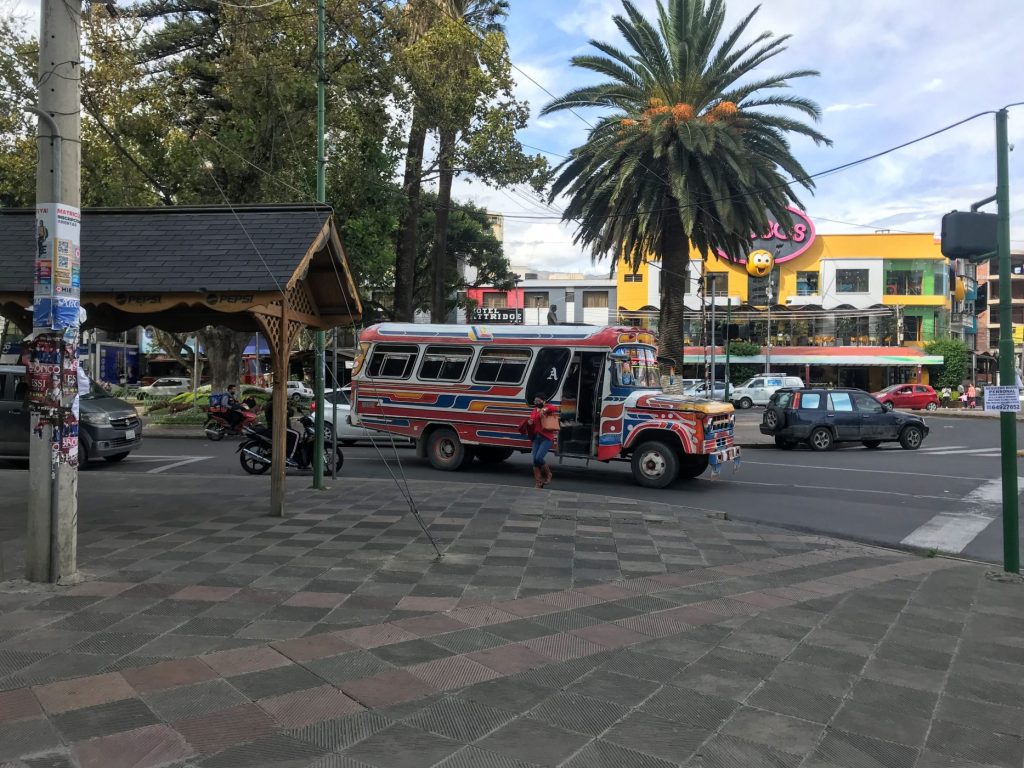
2. Avoid Same-Day Connections and Packed Itineraries
Connections are stressful. Delays throw off the most carefully laid plans. Even a smooth multi-leg journey is a recipe for child meltdowns and cranky parents if periodic escapes aren’t planned in.
The solution is simple. Whenever possible, do only one leg of the journey per day. When booking plane tickets, that means choosing the longest total time, not the shortest. Overnight layovers are your friend. You can finish a leg, blow off steam at a park, take your kids out for a nice meal, and sleep lying down in a bed. It can even be an opportunity to see another city, as we did once on a long layover in Lisbon enroute to Barcelona.
The same principle goes for daily itineraries and overland journeys. Don’t plan more than one activity per day. Leave room for the spontaneous and the unexpected. When traveling through an entire country or continent overland, stay for a day or two in each connection point, even if they are not as exciting as your final destination. Then again, you might be surprised.
3. Cook Your Own Meals
For me, food is at least half the reason I travel. But that doesn’t always mean eating at restaurants.
In Costa Rica we bought fresh marlin, caught nearby, to make ceviche. Hunting down groceries in the jungle that is the Mercado Central in Sucre, Bolivia, is its own cultural experience. In terms of interacting with the local cuisine, these are at least as authentic as patronizing Google’s best rated ceviche bar.
Besides, planning meals, grocery shopping, and cooking practically force you to lengthen your stay beyond a couple days.
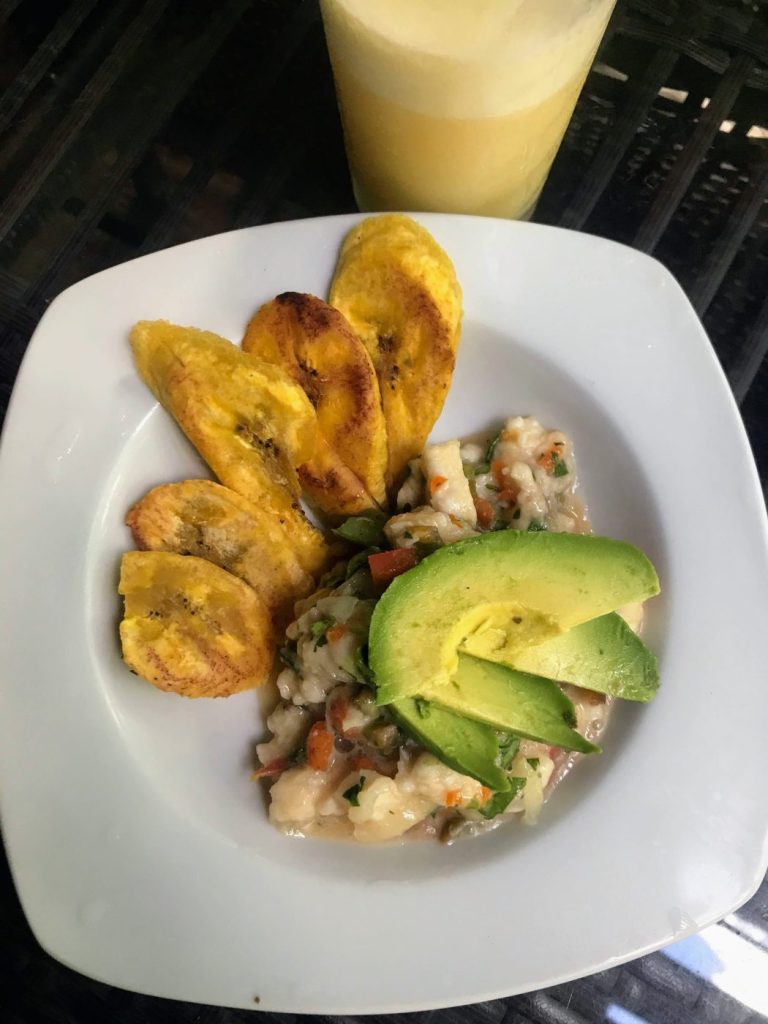
4. Learn the Language (As Much As You Can)
Most of the magic of international travel is experiencing different ways of life. And that’s hard to do without getting to know someone who lives there. Locals give way better tips than any travel blog can. And listening to their stories and taking note of the topics they like to discuss tells you more about the culture than anything you’ll learn on a tour. Language opens doors, both figuratively and literally.
Having conversational Spanish and semi-conversational Portuguese was a huge bonus on our year traveling South America. But, of course, becoming conversational can take years. Not to worry. Anything counts. In Indonesia, we didn’t get much farther than learning “hello”, “thank you”, and the number four (the age, in months, of our baby at the time). Nevertheless, uttering those few words went a long way towards breaking the ice and even being invited into homes.
So log into your preferred language app and see how far you get!
5. Accept All Invitations
Speaking of being invited into homes, our best travel moments are always those that involve a personal touch. Sometimes they come out of the blue (one time we were invited to stay over with a family in rural China while my wife and I read out loud by the creek). Tours can be amazing, but they rarely top making a new friend. We’ve cooked local dishes, seen village politics in action, and been offered rides, tours, bicycles, intel, and companionship. (Even the dogs have gifted us with companionship and security from time to time.).
I’ll admit that as an introvert, this one can take some concerted effort. But it is always worth it! Consider each invitation to be a once in a lifetime opportunity to get an insider’s view.
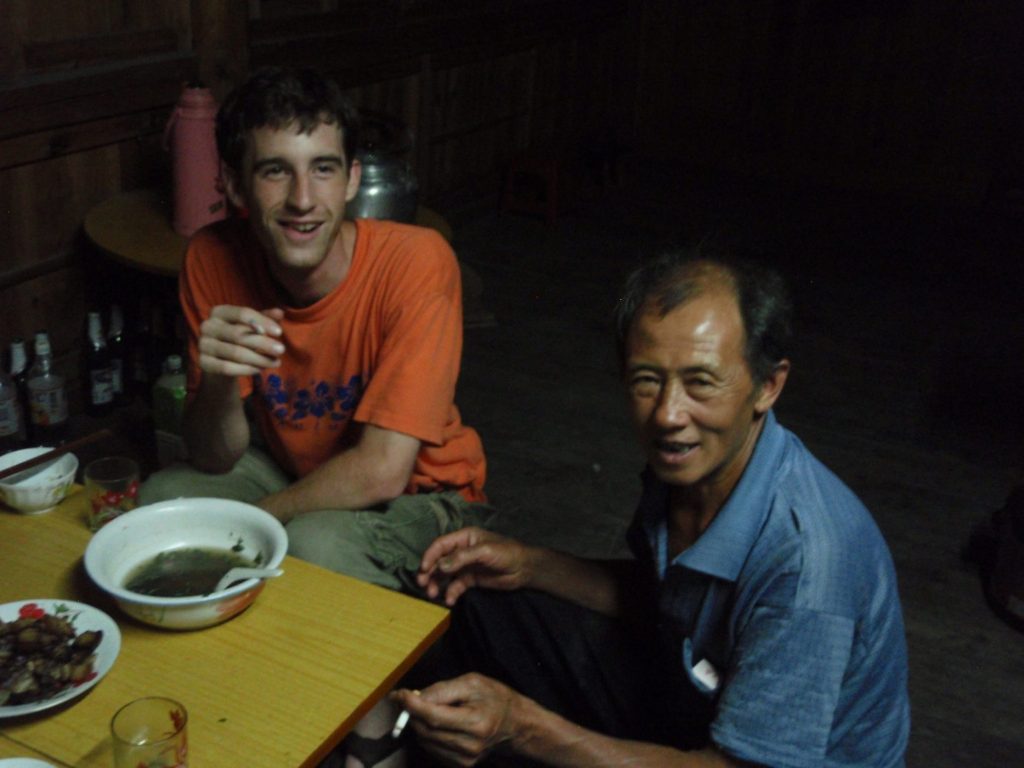
6. Stop Looking at the Time
If you are constantly checking the time, you are probably not traveling slow. Learn to pace the day’s activities by how you feel. You’ll find the days become inexplicably longer and more abundant.
7. Find Excuses to Wander
Your morning coffee. A dozen eggs. Meals and snacks. Something to brush out the sand your kids deposited all over the rental car. They are all excuses to hit the streets and look around. Consider it a game, a scavenger hunt. Don’t Google it! You’ll cut the adventure short before it even started.
Not only is it gratifying to find what you are looking for without using the internet, but you’ll often learn other useful and interesting things along the way.
8. Put the Phone Where It Belongs (In Your Pocket)
There’s nothing wrong with taking a photo of a sublime sunset or a vertiginous vista. And while you’re at it, share it on Instagram.
But don’t make that the entire point.
Have you ever clobbered yourself hiking to reach a phenomenal lookout point, only to take a few dozen pictures and head back? Has your smart phone ever spent more time savoring your prime cut of grass-fed Argentine beef than the two minutes it took you to wolf it down? Is responding to comments on Instagram displacing dinnertime conversation? When the phone comes out, it’s best to put it back as soon as possible.
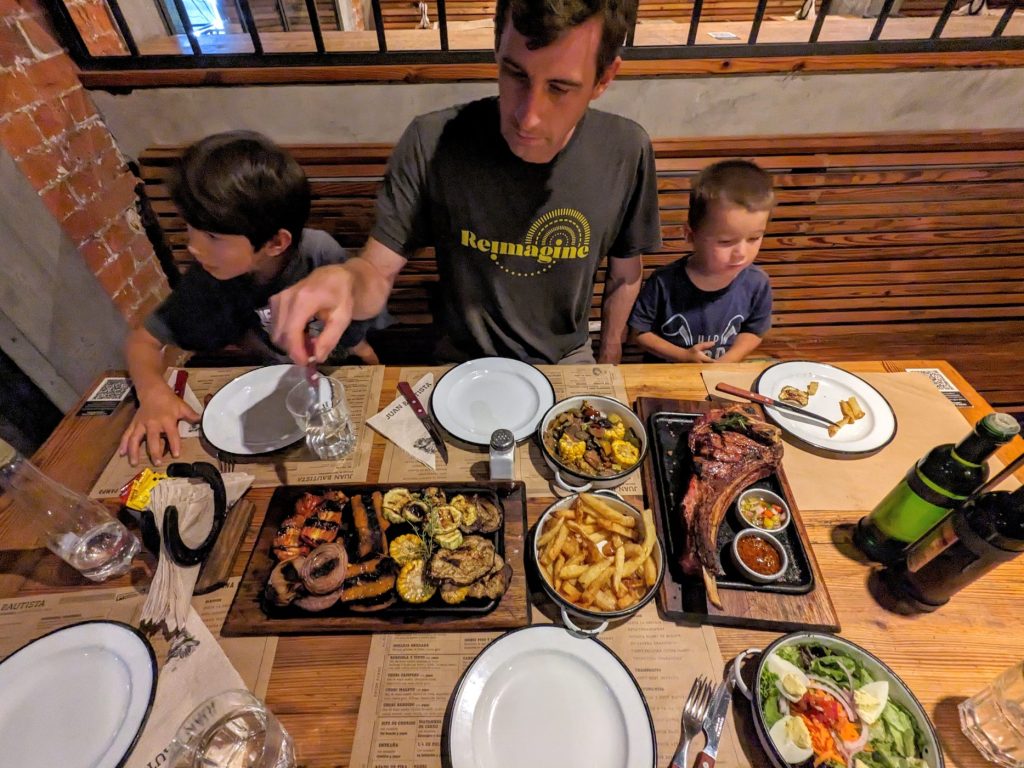
9. Leave Your Schedule Wide Open
In “normal” life, one thing bleeds into another. My “days off” are often empty vessels for a lengthy list of tasks (Hello, tax season. You’re next, spring cleaning.). During my work day, I try to squeeze out every ounce of fluff. There’s just so much to cram in.
But for slow travel, interruptions, distractions and detours are the main show.
Slow travel is an antidote to the pitfalls of modern life. Instead of adding to your ever-expanding bucket list, do the opposite. Intentionally skip stuff. Schedule no more than two or three activities per week. Or try throwing away the itinerary altogether.
10. Be Suspicious of Tourist Traps
I’m not saying don’t see the Louvre. I’m not suggesting you skip the tram up to Christ the Redeemer in Rio (but seriously, I’ve gone up, and don’t feel you have to).
What I’m saying is, entertain the possibility of not doing it. Give opting out a chance. The marketing says it’s a must-see, but is it really? You will likely shuffle through a massive line, spend time in a small space breathing in strangers’ sneezes and farts, and then take the exact same picture that a billion other people have taken. What a unique experience.
I’ve been to China three times and never seen the Great Wall. We’ve traveled Italy, but never Venice or Rome. Our family spent a month in Bolivia, but we skipped the salt flats. (Actually, that last one was sadly unintentional.)
On the other hand, the places we are happiest to have visited are places you’ve never heard of. (See Teresopolis, Brazil, for example.)
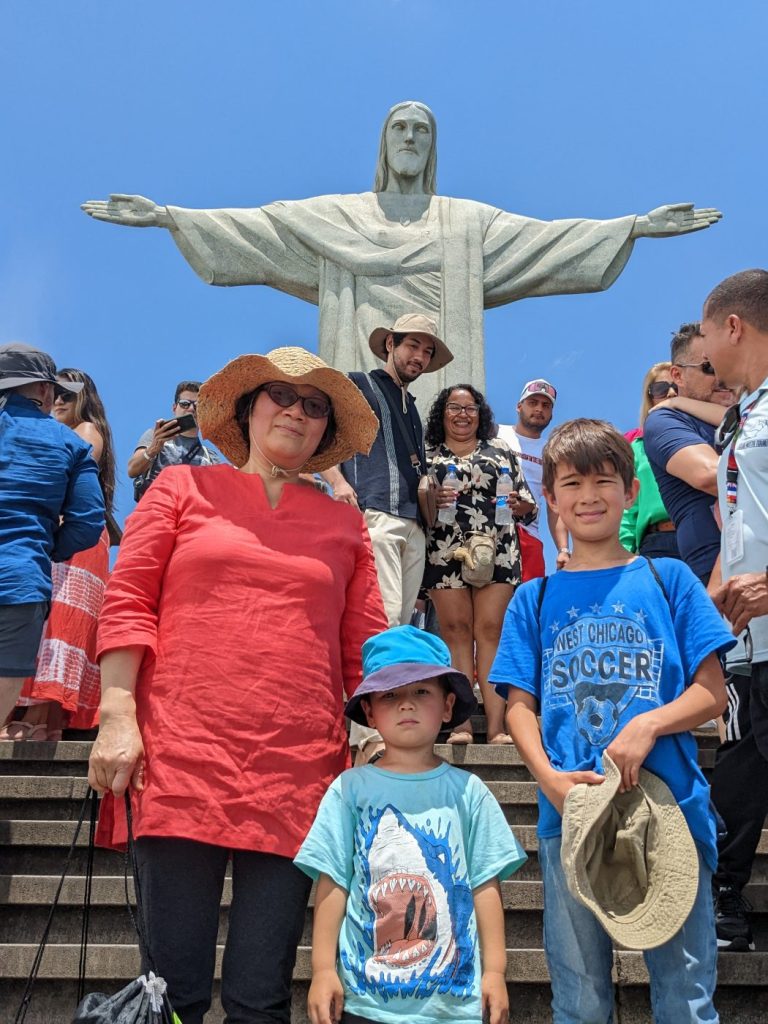
11. Be Curious About What’s in Between
Tourism these days is all about destinations. But the in-between spaces are where it’s at.
Covering the distance is considered part of the price you pay to get there. But the slow traveler flips that notion on its head. Destinations become mere excuses to explore the unexpected wonders in between.
It makes me think of the time we drove the “short cut” in Central Chile that Google Maps kept prodding us not to take. The steep gravel road cut straight through the mountains. (The more sensible route was the paved highway that went around.) It was harrowing in spots, but we got to stop at a drink stand run by mom, while pop showed us his wood carving tools.
Destinations become mere excuses to explore the unexpected wonders in between.
The in-between places are where these whimsical things happen. It’s where the most rugged landscapes prevent the masses from experiencing the most stunning views. Where the eccentrics, the mad geniuses and the people that are ahead of their time set up their little utopias. It’s where a wall of tour guides and scammers don’t stand between you and the average person. And they hold the experiences that are truly unique, because few other people like you have ever passed that way.
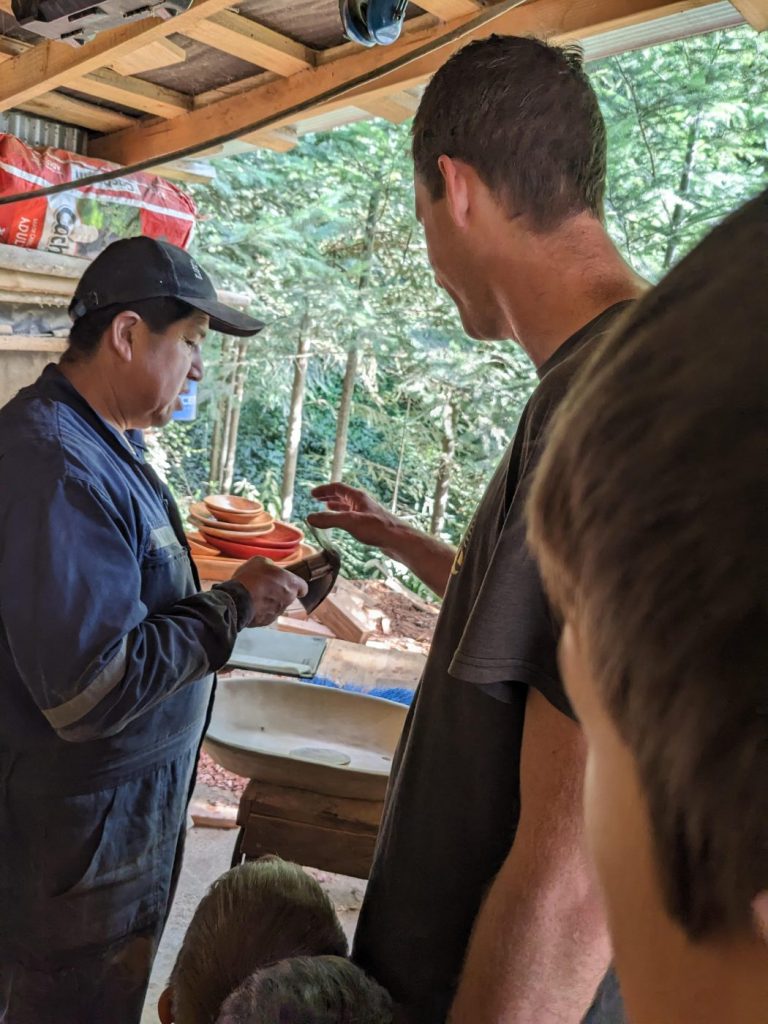
You Can Travel Slow Too
You don’t have to plan something epic, like following the ancient path of human migration on foot, to benefit from a slower approach to travel. It’s a mindset, albeit one that goes against the grain of marketing, FOMO (fear of missing out), and a host of other difficult-to-shake modern tendencies.
Slow travel isn’t about length of time, or following a set of rules. It’s about opening yourself to the gifts a place has to offer, if only your hands are empty enough to receive them.
